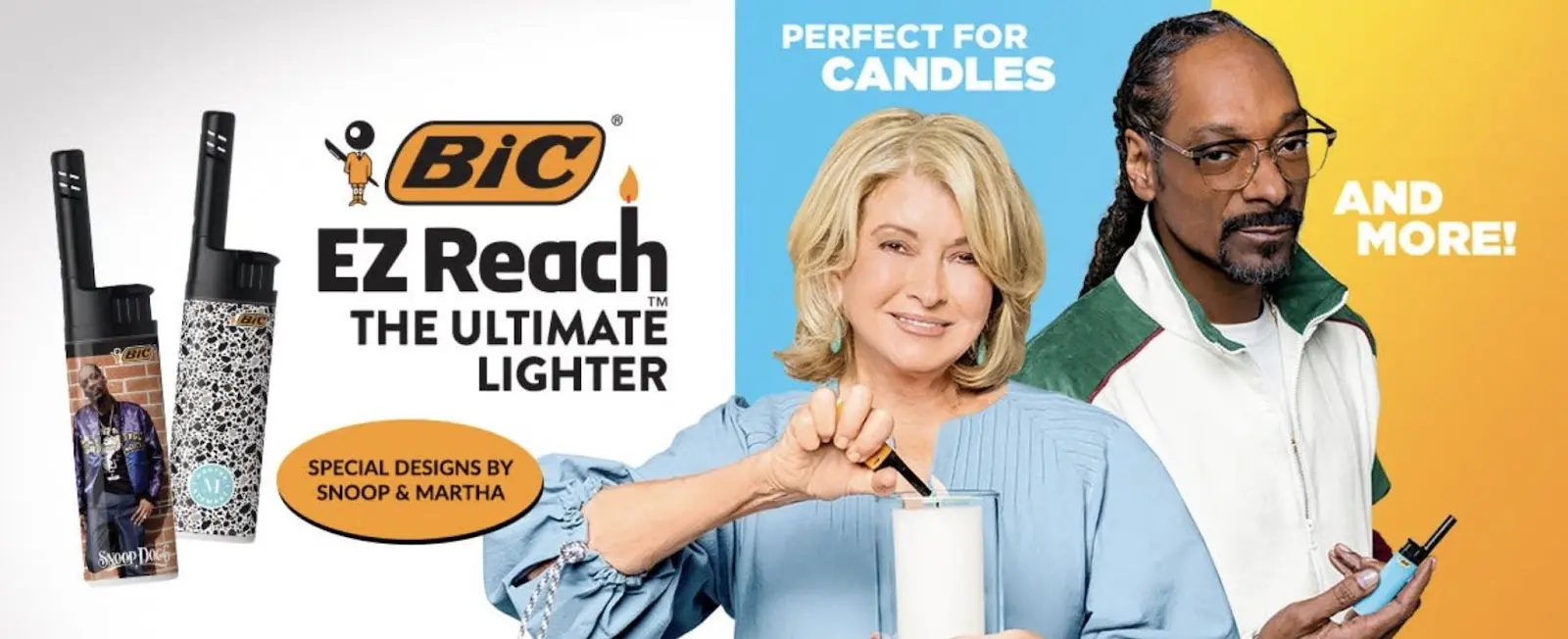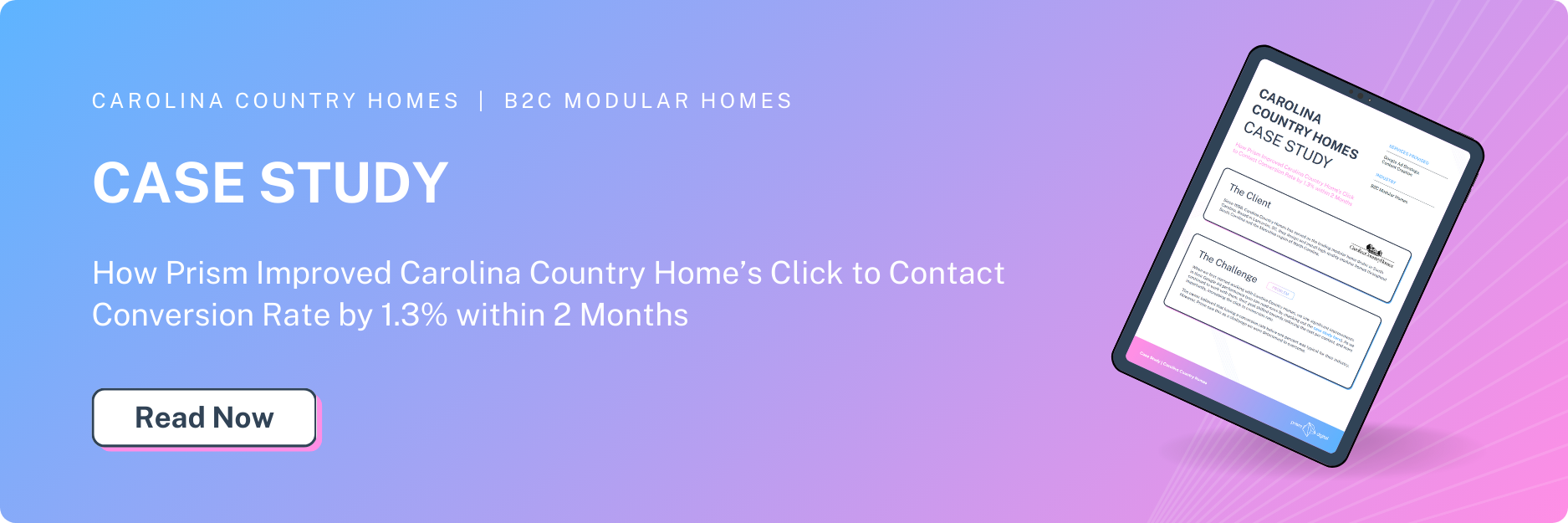“Why do I need to know the difference between clicks, impressions, and conversions?”
Well, these three metrics serve as essential indicators that can help you navigate the complex landscape of paid search. Let’s take a closer look at each one!
Clicks: The Engagement Indicator
First up, we have clicks. Think of clicks as the high-fives of the digital world. When someone clicks on your ad, it’s like they’re saying, “Yes, I’m interested! Tell me more!” But before you start dancing around your office like you just won the marketing lottery, remember that clicks alone don’t pay the bills. While it’s exciting to see high click numbers, the ultimate goal is to lead users further down the funnel.
How to Optimize Clicks:
- Target the Right Keywords: Ensure that you’re using keywords that reflect your audience’s intent, so your ads appear to those who are most likely to be interested.
- Craft Compelling Ad Copy: Make your headlines pop! Use clear, enticing language that resonates with your target audience.
Example: Martha Stewart is famous for (among other things) making and selling candles. Snoop Dogg is a notorious smoker of various substances! Bic lets the visuals do the heavy lifting, but the copy is eye-catching and clever.

Impressions: The Visibility Factor
Next, we have impressions—the number of times your ad is shown to users. This metric is all about visibility. It’s the digital equivalent of waving to someone from across the street; just because they see you doesn’t mean they’re going to walk over. Impressions matter because they help build brand awareness and keep your business top-of-mind for potential customers.
Tips to Increase Impressions:
- Broaden Your Keyword Strategy: Use a mix of broad and specific keywords to capture a wider audience.
- Utilize Ad Extensions: These allow you to add extra information to your ads, making them more appealing and informative.
Example: Google Ads callout extensions let you highlight specific information. They look just like your ad’s description text and are displayed right after it. Too Faced uses callout extensions to highlight their PETA-approved makeup, trendsetting products and tips & tutorials.

Conversions: The Endgame
Finally, we arrive at conversions—the ultimate goal of your paid search efforts. Conversions occur when a user takes a desired action after interacting with your ad, whether that’s making a purchase, signing up for a newsletter, or downloading a resource. This is where the real value lies.
Strategies for Boosting Conversions:
- Optimize Landing Pages: Ensure your landing pages are relevant to the ad and provide a seamless user experience.
- Create Clear Calls to Action: Encourage users to take the next step with direct and engaging prompts.
Example: The white QR code (the call to action) pops against VRBO's blue background, drawing the reader in. Then the “find it all in one place” button adds a touch of convenience for those who may be interested in renting a vacation home.

Putting It All Together
So, what’s the takeaway? Clicks, impressions, and conversions are all interconnected. High click numbers can lead to greater impressions, while better conversions reflect the effectiveness of both clicks and impressions.
Understanding these metrics is key to refining your paid search strategy. They are more than just numbers; they tell the story of your audience’s journey and help you assess the effectiveness of your marketing efforts.
If you’re looking to optimize your paid search campaigns and turn those clicks into conversions, reach out to us at Prism Digital Inc. We’re here to help you navigate the complexities of paid search and achieve your marketing goals!
